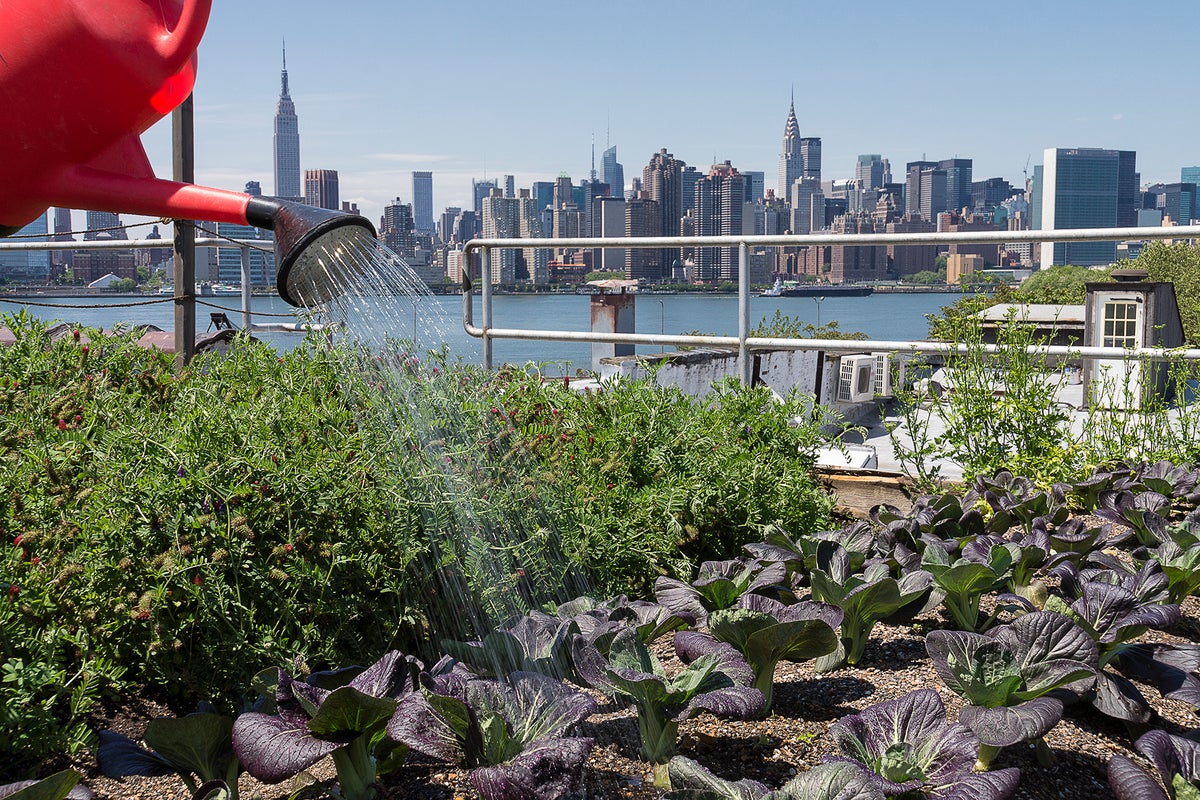7 Simple Techniques For City Blooming
7 Simple Techniques For City Blooming
Blog Article
Little Known Questions About City Blooming.
Table of ContentsIndicators on City Blooming You Should KnowExamine This Report on City BloomingCity Blooming Can Be Fun For EveryoneCity Blooming Can Be Fun For EveryoneCity Blooming for Beginners
Fascinated in expanding food for sale in the City of Chicago? Below is a listing of regularly asked questions concerning the guidelines and laws that farmers need to take into consideration when intending a city agriculture project.
The zoning amendment does not customize any various other codes handling composting, building authorizations, acquiring or renting City possessed residential property, business licenses or ecological contamination. There are existing codes that regulate these issues and they stay in full result and may apply to your task. Area gardens are usually had or handled by public entities, civic companies or community-based companies and maintained by volunteers.
Urban farms grow food that is planned to be marketed, either on a not-for-profit or for-profit basis. As a result of their commercial purpose, urban farms require a business permit. Yes. An area garden is allowed to offer surplus produce that was expanded on website if the sales are accessory or subservient to the yard's key function explained above.
The Greatest Guide To City Blooming
Composting is allowed yet only for plant product that is generated and made use of on website. The amount of compost product can not exceed 25 cubic backyards at any given time according to the criteria in 7-28-715 of the City's Municipal Code. Yes. Because the soil at most brand-new yard sites requires changing, compost, dirt, wood chips, or various other materials can be obtained to construct or improve the expanding room - eco-friendly practices.

If a building permit is called for then the hoophouse will be taken into consideration an accessory building. You can figure out even more about the building license needs by getting in touch with the Division of Structures. The 25,000-square-foot size restriction is intended to protect against a solitary neighborhood yard from controling a given block or interfering with the block's existing residential or business character.
The limitation does not relate to gardens located in Public Open Area (POS) districts. Can there be greater than one neighborhood garden that is 25,000 square feet on a solitary block? Yes. The size limit relates to individual gardens, not to private blocks. No. Secure fencing is not called for, nonetheless, gardens that have large car parking areas may be required to set up fence or other landscaping features.
The Single Strategy To Use For City Blooming
B1 & B2 districts need that all commercial usage tasks be performed inside your home. Is fence needed for city farms? Fencings may be required, along with landscaping and testing, for specific auto parking locations and outdoor job or storage areas depending on location and the particular task taking location.
Yes. Urban farms need structure authorizations and zoning authorizations prior to building and construction. Other kinds of city evaluation may be called for depending on certain frameworks, activities, size, landscape design, licensing, public health and stormwater administration problems. A lot of these requirements are identified in the job design or allowing process, nonetheless, the candidate might be accountable to individually determine details licenses or allows that may be needed.
Yes. The sort of permit is figured out by what is happening at the website. The Division of Company Matters and Customer Protection can help establish the specific kind of organization license that's required. Yes. Off street parking is needed for the majority of industrial jobs in Chicago. The needed number of vehicle parking rooms is based on the variety of employees functioning on website and not the square video of the expanding room.
Not known Factual Statements About City Blooming

Yes. A city farm can market compost product produced on website, nevertheless, the operation needs look at this web-site to follow the regulations in 7-28-715 of the Chicago Municipal Code. Yes. Aquaponic systems are permitted inside on metropolitan ranches in many zoning districts. Nevertheless, a zoning review and building permit is called for in order to mount structures or systems and a service license is required as explained over.
As much as five hives or nests of honey bees might be kept as an accessory use. Beekeepers have to register with the Illinois Department of Farming. To find out more about the recommended zoning modification you might call the Division of Housing and Economic Growth, Bureau of Preparation and Zoning at 312.744.8563.
Farming in cities and urban areas A metropolitan ranch in Chicago. Urban agriculture describes numerous techniques of growing. https://peatix.com/user/22844047/view, processing, and dispersing food in city areas. The term likewise uses to the area tasks of animal husbandry, tank farming, beekeeping, and gardening in an urban context. Urban farming is distinguished from peri-urban farming, which takes location in country areas at the side of suburban areas.
City Blooming Things To Know Before You Buy
, who seek to create social networks founded on a shared principles of nature and community holism. These networks can establish by method of official institutional support, ending up being integrated into local community preparation as a "transition town" movement for sustainable urban growth.
Some of the first proof of metropolitan agriculture comes from Mesopotamia.
Report this page